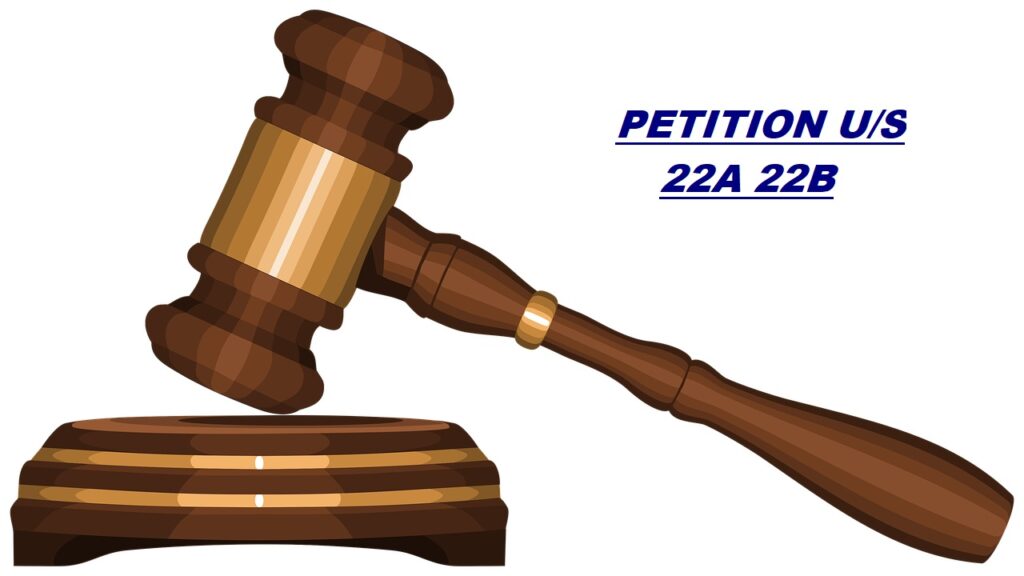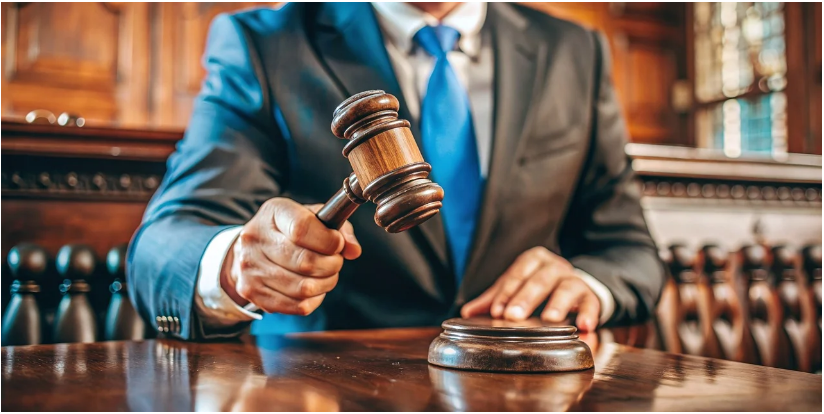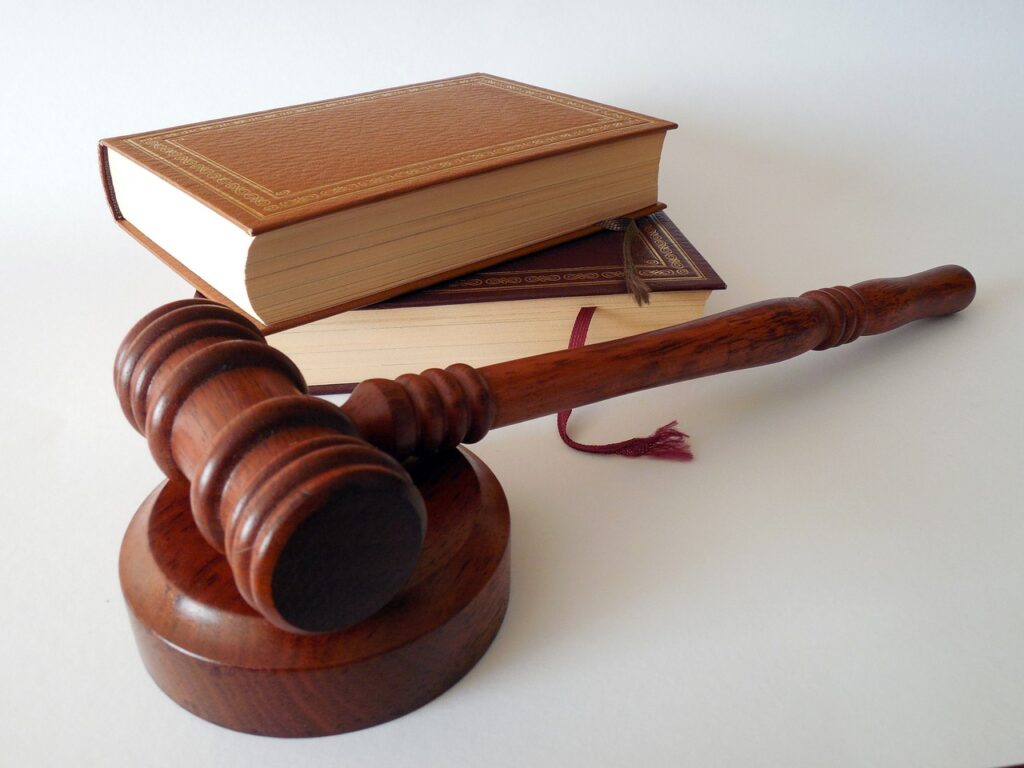Certainly! Below is a comprehensive blog post detailing a petition involving laws or ordinances designated as “22A” and “22B.” This blog post includes information on the nature of these ordinances, the process of filing a petition, and its implications, all optimized for SEO.
Understanding and Filing a Petition for Ordinances 22A and 22B: A Comprehensive Guide

Navigating the complexities of local laws and ordinances can be challenging. For residents and legal professionals alike, understanding the specifics of ordinances such as “22A” and “22B” and the process of filing a petition can be crucial. This guide will delve into what these ordinances entail, how to file a petition, and the broader implications of these legal processes.
What Are Ordinances 22A and 22B?
Ordinances are laws or regulations enacted by local government authorities to address various issues within their jurisdiction. Ordinances “22A” and “22B” are specific designations that might refer to particular regulations or legislative actions adopted by a local government.

Ordinance 22A
Ordinance 22A could pertain to a range of issues depending on the local jurisdiction. Typically, such ordinances might address matters like zoning regulations, environmental controls, or public safety measures. For example:
- Zoning Regulations: Ordinance 22A might include changes to land use regulations affecting residential, commercial, or industrial zones.
- Environmental Controls: It could also involve regulations aimed at protecting local environmental resources or managing waste.
Ordinance 22B
Similarly, Ordinance 22B may cover different aspects of local governance, such as:
- Public Safety: Ordinance 22B might address public safety measures, including traffic regulations or emergency response protocols.
- Economic Development: It could also include provisions related to economic incentives, business regulations, or community development projects.
The specifics of these ordinances can vary widely based on the local government’s priorities and needs.
Why File a Petition?

Petitions are a formal way for citizens to express their concerns or request changes regarding local ordinances. Filing a petition might be necessary for various reasons:
- Opposition to Changes: Residents might petition if they disagree with the proposed changes or new regulations introduced by ordinances 22A or 22B.
- Advocacy for Amendments: A petition might be filed to advocate for amendments or improvements to existing ordinances.
- Seeking Clarifications: Sometimes, petitions are used to seek clarifications or additional information about the impacts of certain ordinances.
The Petition Process for Ordinances 22A and 22B

Filing a petition involves several steps, each crucial for ensuring that your concerns are properly addressed. Here’s a detailed look at the process:
1. Understanding the Ordinance
Before filing a petition, thoroughly review Ordinance 22A and 22B. Understand their content, purpose, and implications. This includes:
- Reading the Full Text: Obtain and read the complete text of the ordinances.
- Identifying Key Issues: Determine the specific aspects of the ordinances that you are concerned about or wish to address.
2. Preparing the Petition
A well-drafted petition should include the following components:
- Title: Clearly state that the document is a petition concerning Ordinances 22A and 22B.
- Introduction: Provide a brief overview of the ordinances and the reasons for the petition.
- Detailed Request: Specify what you are requesting—whether it’s a change, amendment, or further review.
- Supporting Arguments: Present your arguments or evidence supporting the need for the petition.
- Signatures: Collect signatures from residents or stakeholders who support your petition. The number of required signatures can vary by jurisdiction.
3. Submitting the Petition
Follow these steps to submit your petition:
- File with Appropriate Authority: Submit the petition to the local government office or agency responsible for handling ordinance matters.
- Follow Submission Guidelines: Ensure that you adhere to any specific guidelines or formats required for submission.
- Request Confirmation: Obtain confirmation of receipt from the authorities to ensure your petition is officially recorded.
4. Follow-Up Actions
After submission, you may need to:
- Attend Meetings: Participate in public hearings or meetings where the petition is discussed.
- Engage with Officials: Communicate with local officials to stay informed about the progress of your petition.
- Monitor Developments: Keep track of any changes or updates related to the ordinances or the petition process.
Implications of Filing a Petition

Filing a petition can have various implications:
1. Influence on Policy
If successful, your petition might lead to amendments or revisions to Ordinances 22A and 22B, affecting local policies and regulations.
2. Public Awareness
Petitions often raise public awareness about important issues, potentially influencing broader community opinion and government actions.
3. Legal and Administrative Processes
The petition process might involve legal and administrative procedures, including public hearings and reviews by local government bodies.
Case Studies and Examples

Example 1: Zoning Changes
In a local community, residents might file a petition against Ordinance 22A if it proposes changes to zoning laws that could negatively impact their neighborhoods. The petition could advocate for maintaining current zoning regulations to preserve community character.
Example 2: Environmental Regulations
If Ordinance 22B involves new environmental regulations, a petition might be filed by environmental groups seeking stricter controls or modifications to better protect local ecosystems.
Common Challenges and Solutions

Challenge 1: Insufficient Support
Solution: Build a coalition of supporters and clearly communicate the benefits of your petition to gain wider support.
Challenge 2: Procedural Issues
Solution: Ensure you follow all procedural guidelines carefully. Consult with legal experts if necessary to avoid any procedural errors.
Challenge 3: Opposition from Local Authorities
Solution: Engage in constructive dialogue with local authorities and be prepared to present well-reasoned arguments and evidence.
Tips for a Successful Petition
- Be Clear and Concise: Clearly articulate your concerns and requests in the petition.
- Gather Evidence: Support your petition with relevant evidence and data.
- Engage the Community: Mobilize community support to strengthen your petition.
- Follow Legal Requirements: Adhere to all legal and procedural requirements for filing a petition.
